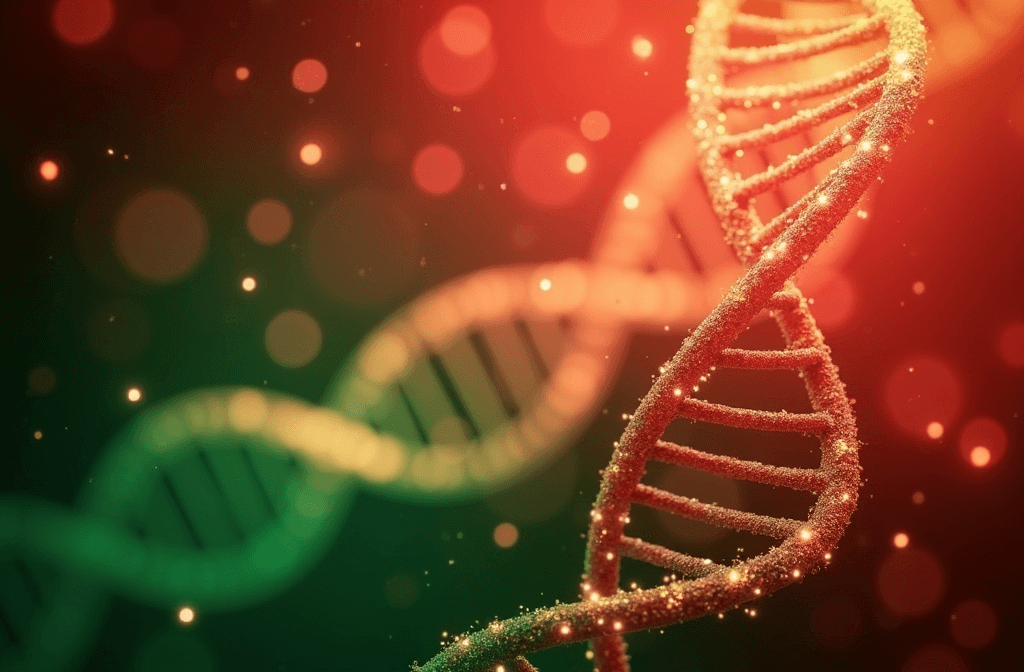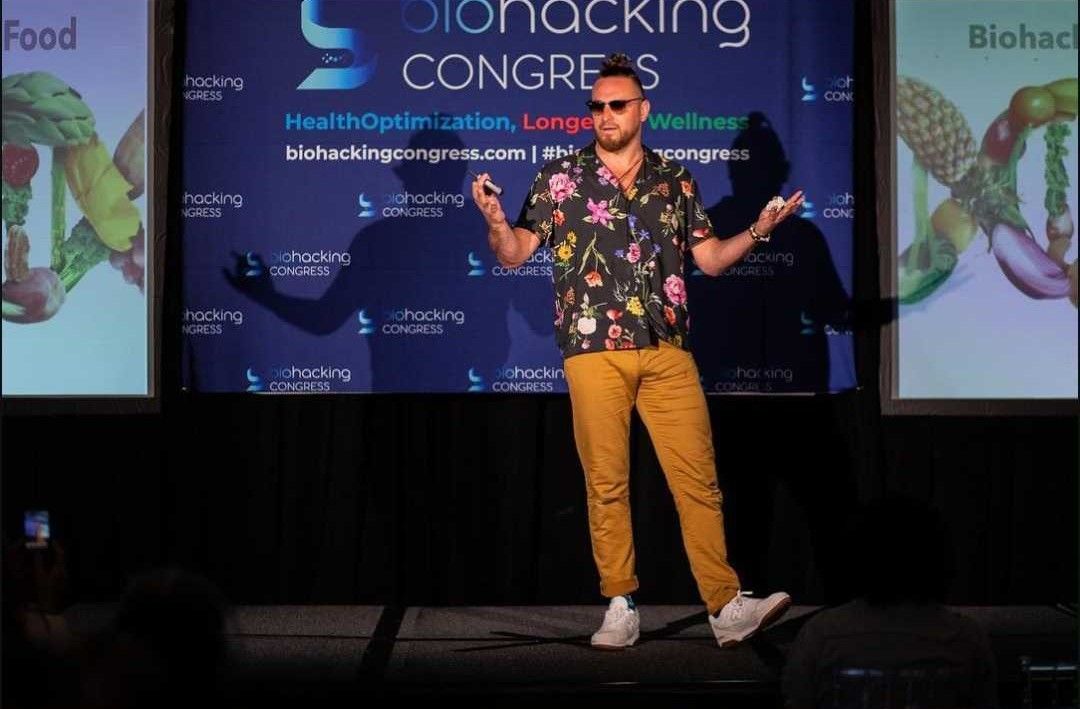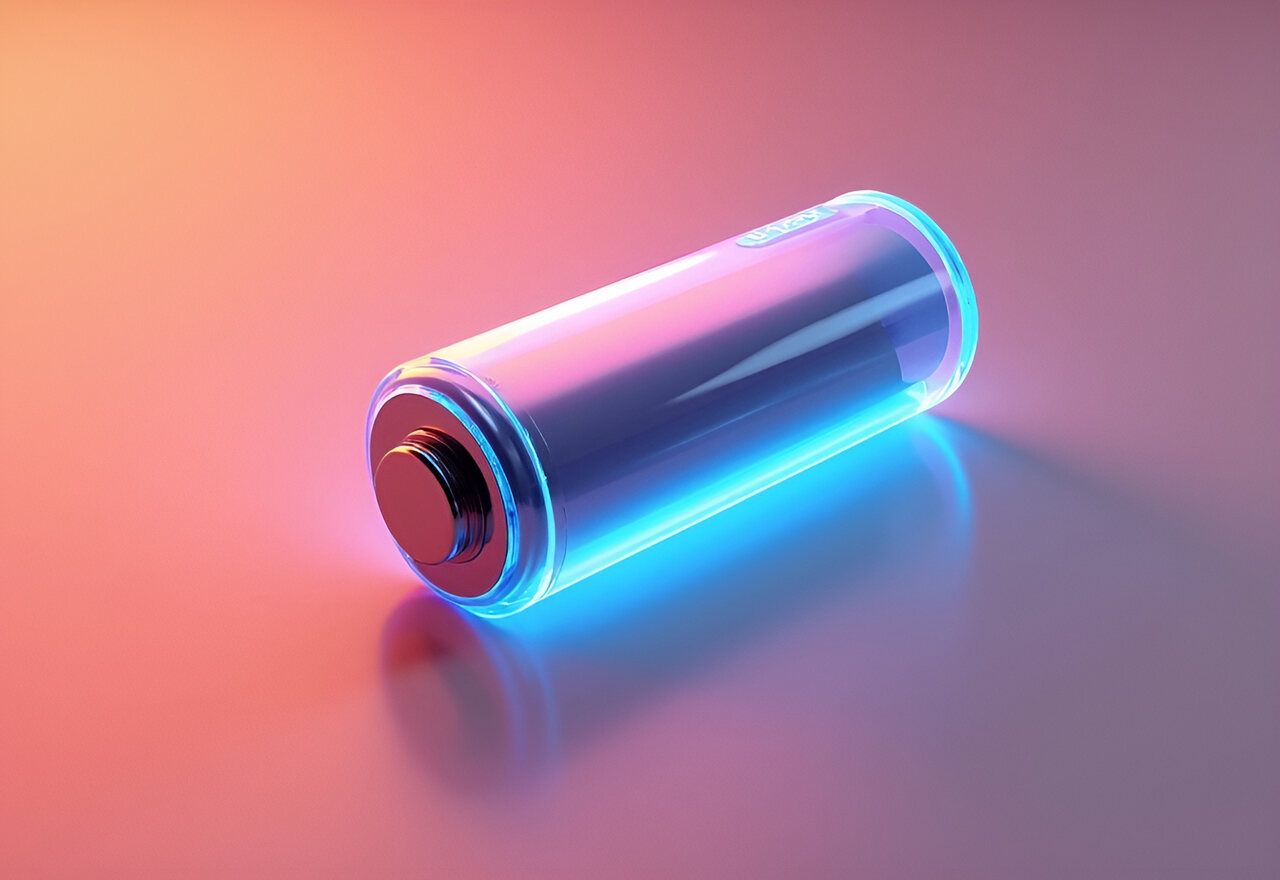11 Promising Benefits of NMN Supplements
Nicotinamide mononucleotide or NMN for short is a precursor to nicotinamide adenine dinucleotide (or NAD+).
NAD+ is a special helper molecule that allows different parts of cells to communicate with each other, helping your body’s systems stay coordinated and functioning properly.
NMN supplements help restore NAD+ levels in your body through several pathways. Your body can make NMN from nicotinamide, convert it using special enzymes called kinases, and use it directly to produce NAD+. This multi-step approach helps improve cellular health.
Scientists studying aging have become very interested in NMN’s benefits. Research suggests that taking NMN supplements may support heart health, improve metabolism, support brain function, and help repair DNA damage that normally happens with age.
Key Takeaways
- NMN supplements increase NAD+ levels in the body, supporting cardiovascular health, cognitive function, and DNA repair mechanisms that typically decline with age
- Research shows NMN benefits include improved metabolic health, increased muscle endurance, enhanced skin health, and potential anti-aging effects
- Effects can begin within days (increased energy) but most significant benefits require 1-3 months of consistent supplementation
- Dosage typically ranges from 250-750mg daily for general wellness, with higher doses (900-1200mg) studied for specific therapeutic purposes
Benefits of NMN

A mounting body of research shows that supplementing with NMN orally can raise NAD+ levels in the human body which leads to wide ranging benefits.
Here are 11 of the most promising research-backed benefits of taking NMN, from stronger heart function to greater muscular endurance.
Cardiovascular Health
Research published in Aging Cell points to NMN’s potential for improving cardiovascular health and combating age-related vascular problems. When older mice received NMN supplements, their arterial function showed remarkable improvements – blood vessels dilated more effectively and arteries became less stiff.
The study found that NMN works by reducing oxidative stress while boosting protective molecules like elastin in the blood vessels. What’s more, it helped restore SIRT1 activity, an important enzyme for vascular health, while decreasing harmful oxidative byproducts in the arteries1.
NMN has also shown protective effects against the progression of atherosclerosis. A clinical study in the Journal of Functional Foods showed NMN supplementation effectively reduced the formation of atherosclerotic plaques in mice on a high-fat diet2.
Fertility
Research published in Cell Press found that NMN supplementation improved egg quality and increased live birth rates in aging female mice by supporting mitochondrial function3. The study demonstrated that NMN helped counteract age-related decline in egg quality, particularly in older females. While these findings point to NMN’s potential role in maintaining female fertility during aging, research is still needed to confirm similar effects in humans.
Skin Health
A study published in Glycative Stress Research showed that oral NMN supplementation significantly improved multiple aspects of skin health over 8 weeks, including moisture, firmness, and roughness4. The study documented meaningful reductions in skin autofluorescence values, indicating lower levels of advanced glycation end products (AGEs) in participants’ skin. Subjects experienced visible improvements in their skin’s appearance, with measurable changes in age spots, wrinkles, and freckles.
Cognitive Health
Research in Redox Biology showed that NMN supplementation for two weeks restored neurovascular coupling responses in aged mice to youthful levels while improving their spatial memory and movement coordination5. The cognitive improvements stemmed from reduced oxidative stress and better blood vessel function in the brain, with the study pointing to NMN’s role in restoring NAD+ levels and mitochondrial function.
Digestive System Health
A recent study in the Journal of Translational Medicine revealed that NMN supplementation led to significant improvements in digestive health, with participants reporting less abdominal pain, bloating, and constipation6.
The research showed NMN increased beneficial gut bacteria populations, particularly Bifidobacterium and Faecalibacterium, while strengthening the intestinal barrier and lowering inflammation markers. These findings demonstrate NMN’s valuable role in promoting gut microbiome health and alleviating digestive discomfort.
Metabolic Health
A 2011 pilot study at Washington University School of Medicine explored NMN as both a biomarker and potential treatment for age-related metabolic disorders7. Mouse studies revealed that aging and high-fat diets impaired NAMPT-mediated NAD biosynthesis, leading to type 2 diabetes development.
NMN treatment improved insulin sensitivity and function while restoring genes linked to oxidative stress, inflammation, and circadian rhythm in diabetic mouse livers through SIRT1 activation.
DNA Repair
A review article by Rahman et al. published in Aging and Disease discusses how NMN supplementation reduces DNA damage and cellular aging in both mouse models and human cells8.
The compound works by raising NAD+ levels and activating PARP1, which helps repair damaged DNA strands. These findings point to NMN as a potential treatment for preventing and reversing age-related DNA deterioration.
Eye Function
A 2023 review examined NMN’s role in treating eye diseases, drawing from recent literature and original research. Studies in mice demonstrated that NMN helped regulate inflammation, oxidative stress, and metabolism in conditions like glaucoma, retinopathy, and macular degeneration9.
Findings point to NMN as a promising treatment for various eye disorders, but researchers note that more preclinical studies are needed to validate these results.
Energy Levels
Research shows NMN supplementation helps restore NAD+ levels10, which supports healthy energy metabolism and mitochondrial function. This increased NAD+ availability allows for better cellular energy production and improved metabolic efficiency11. NMN supplementation may also optimize sirtuin proteins’ ability to regulate energy at the cellular level through its effects on NAD+.
Anti-Aging
A review by Harshani et al. explores NMN’s potential as an anti-aging compound12. Animal studies suggest NMN supplements can improve conditions like diabetes, cardiovascular disease, and neurodegenerative disorders through their effects on mitochondrial function, oxidative stress levels, and DNA repair mechanisms.
These cellular improvements may help slow the aging process, though research is ongoing to confirm findings in humans.
Muscle Endurance
In a six-week randomized, double-blind, placebo-controlled trial, researchers found that NMN supplementation improved ventilatory threshold and aerobic capacity in amateur runners13.
The improvements were dose-dependent and centered on skeletal muscle efficiency rather than cardiac function, with NMN increasing oxygen utilization in muscle tissue. These findings point to NMR supplementation combined with training as a promising approach for improving athletic endurance.
How Long Do the Effects of NMN Take to Work?
The timeline for experiencing NMN’s benefits varies depending on the specific health aspects you’re targeting and your individual biology. Research and user experiences suggest different timeframes for various effects:
- Immediate Energy Effects (Hours to Days): Some users report feeling increased energy and mental clarity within the first few days of supplementation, as NMN begins supporting cellular NAD+ production.
- Short-Term Benefits (2-4 Weeks): Improvements in physical performance, exercise capacity, and energy metabolism typically become noticeable within the first month of consistent supplementation.
- Mid-Term Changes (1-3 Months): Skin health improvements, better sleep quality, and cognitive function benefits often become apparent during this period, as demonstrated in several clinical studies.
- Long-Term Benefits (3-6 Months+): More fundamental improvements in cardiovascular health, metabolic function, and age-related markers typically require several months of consistent supplementation to become noticeable.
- Preventive Benefits (Ongoing): Some of NMN’s most important effects, such as DNA repair and longevity support, work continuously in the background and may not have immediately noticeable effects but contribute to long-term health maintenance.

NMN Supplement Dosage Ranges
Research has shown that NMN supplementation can be effective across various dosage ranges, with studies demonstrating benefits from as low as 250 mg up to 1200 mg daily. The right dosage depends on individual factors and specific health goals, though most research centers on a few key ranges.
- Starter Dose (250-300 mg/day): Ideal for beginners and shown effective in clinical studies for raising NAD+ levels, particularly in healthy adults looking for general wellness support.
- Standard Dose (500-750 mg/day): The most commonly studied range, demonstrating optimal results for physical performance and NAD+ concentration in blood, with strong safety data behind it.
- Advanced Dose (900-1200 mg/day): Higher doses studied in specific research settings, showing good tolerability for up to 8 weeks, typically reserved for specific therapeutic purposes or older adults.
- Maintenance Dose (250-500 mg/day): Often recommended for long-term daily supplementation after achieving desired results with higher doses.
Your optimal NMN dosage should consider factors like age (older adults may benefit from higher doses), body weight, overall health status, and specific wellness goals. Most experts recommend starting at a lower dose (250 mg) and gradually increasing if needed while monitoring your body’s response. For sustainable results, consistency in supplementation is often more important than taking maximum doses.
Jinfiniti’s Pure NMN powder supplement comes in a convenient powder form, making it easy to control and adjust your daily dosage.
NMN Benefits: Key Takeaways and Future Prospects
The research surrounding NMN supplementation continues to paint a compelling picture of its potential impact on human health and longevity. From supporting cardiovascular function and cognitive performance to improving cellular energy production and DNA repair mechanisms, NMN’s wide-ranging benefits stem from its fundamental ability to boost NAD+ levels throughout the body.
Looking ahead, the field of NMN research shows tremendous promise. Ongoing clinical trials are exploring new therapeutic applications, from age-related disease prevention to potential treatments for specific health conditions. As our understanding of NAD+ metabolism deepens, researchers continue to uncover new mechanisms through which NMN supplements might support healthy aging and cellular function.
While single-ingredient NMN supplements are common, research shows that NAD+ production relies on multiple cellular pathways. Our Vitality ↑® NAD+ Booster leverages this scientific understanding by combining proven NAD+ precursors NMN and nicotinamide with D-Ribose and Creatine to support cellular energy production. Our supplements are produced at a GMP-certified manufacturing facility, ensuring quality, safety and consistency.
Referenced Sources
- https://onlinelibrary.wiley.com/doi/10.1111/acel.12461 ↩︎
- https://www.sciencedirect.com/science/article/pii/S1756464623005856 ↩︎
- https://www.cell.com/cell-reports/fulltext/S2211-1247(20)30083-8?_returnURL=https%3A%2F%2Flinkinghub.elsevier.com%2Fretrieve%2Fpii%2FS2211124720300838%3Fshowall%3Dtrue ↩︎
- https://www.toukastress.jp/webj/article/2022/GS22-16.pdf ↩︎
- https://www.sciencedirect.com/science/article/pii/S221323171930240X?via%3Dihub ↩︎
- https://translational-medicine.biomedcentral.com/articles/10.1186/s12967-024-05614-9 ↩︎
- https://longerlife.org/wp-content/uploads/2022/11/LLF-Final-Report_IMAI.pdf ↩︎
- https://www.aginganddisease.org/EN/10.14336/AD.2023.0519-1 ↩︎
- https://link.springer.com/article/10.1007/s00417-023-06118-w ↩︎
- https://www.frontiersin.org/journals/cell-and-developmental-biology/articles/10.3389/fcell.2020.00246/full ↩︎
- https://www.semanticscholar.org/paper/Exploring-the-Therapeutic-Potential-of-Nicotinamide-Gugulski-Kozicz/5e0f19306c0bc5b3ae0264305359535edb8341b6 ↩︎
- https://www.sciencedirect.com/science/article/pii/S2090123221001491 ↩︎
- https://www.tandfonline.com/doi/full/10.1186/s12970-021-00442-4 ↩︎



























































